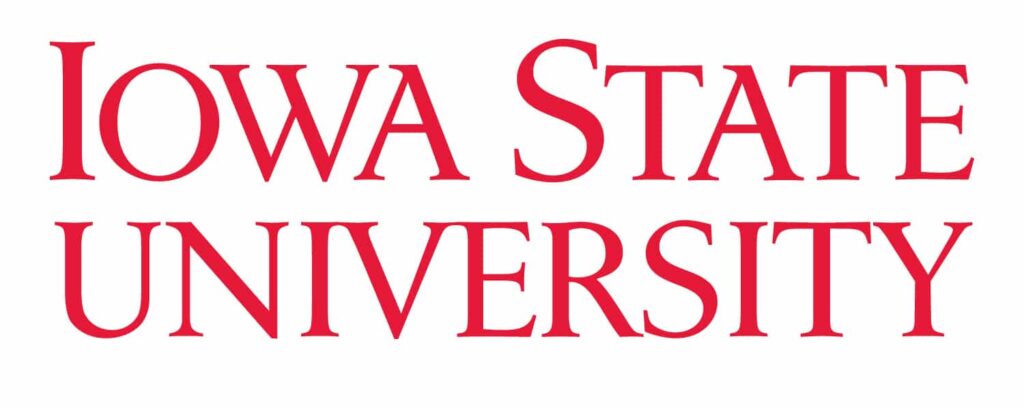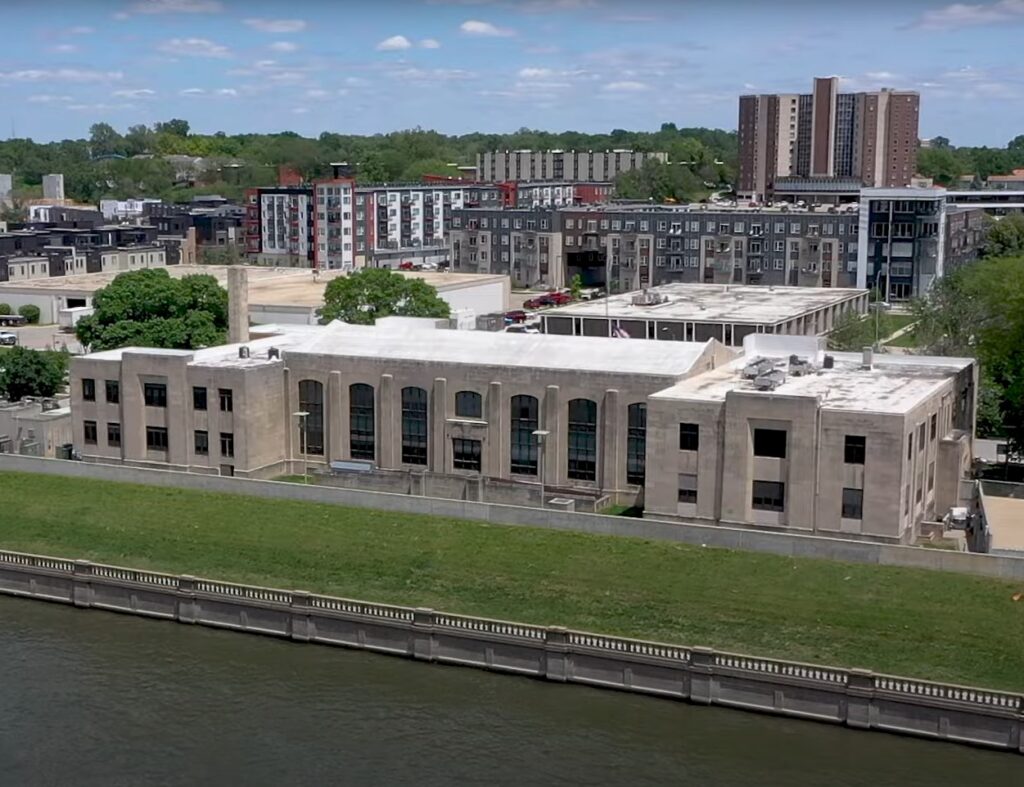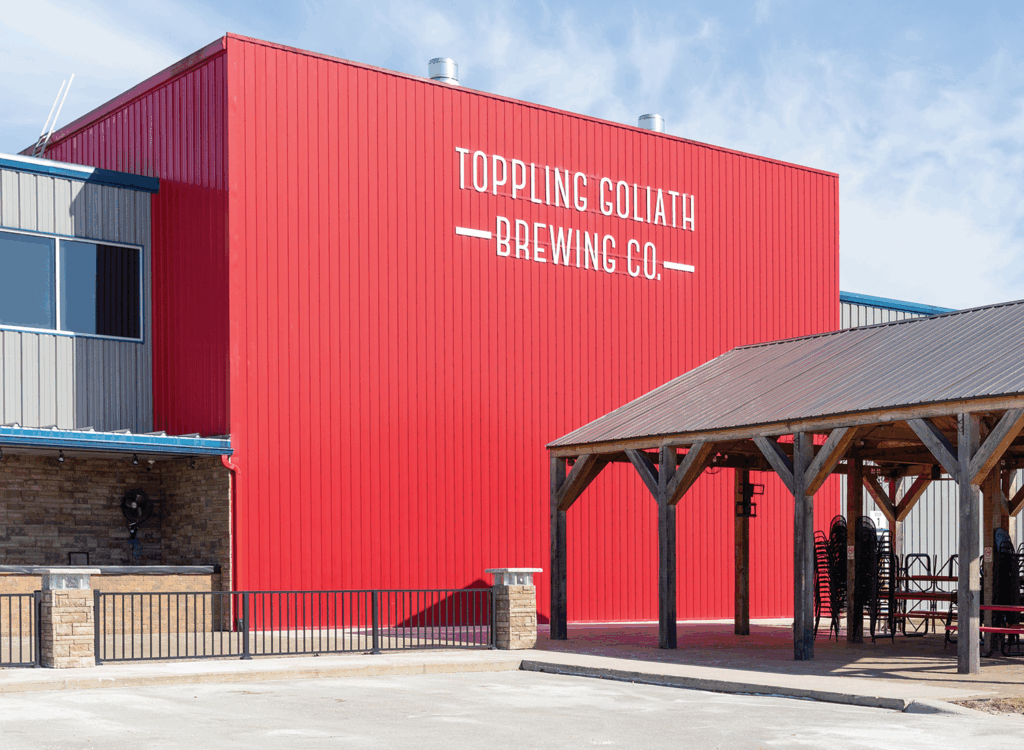Rural economy declines as effects of pandemic continue to be felt

MICHAEL CRUMB Nov 20, 2020 | 9:27 pm
2 min read time
449 wordsAll Latest News, Economic Development, ManufacturingIowa’s rural economy retreated to below growth levels this month as new hiring fell and as nonfarm employment continued to decline, according to a survey of main street bankers released today.
The Rural Main Street Index for Iowa sank to 47.4, down nearly five points from 52.3 in October. For the 10-state region included in the monthly survey, the index dropped to 46.8, down from 53.2 the month before.
The index, conducted by Creighton University, represents a snapshot of the economy in rural, agriculturally and energy-dependent areas of the country. The survey focuses on about 200 rural communities with an average population of 1,300 residents. The index ranges between 0 and 100, with a reading of 50 representing growth-neutral.
“Recent improvements in agriculture commodity prices, federal farm support payments, and Federal Reserve’s record low interest rates have underpinned the Rural Mainstreet Economy,” said Ernie Goss, the Jack A. MacAllister Chair in Regional Economics at Creighton University. “Still, only 6.5% of bankers reported economic improvements from October, while 12.9% detailed economic pullbacks for the month.”
In Iowa, the survey showed the state’s farmland price index rose to 53.4 in November, up from 50.6 in October. But the new-hiring index fell to 54, down slightly from 54.9 the previous month, and compared with November 2019, Iowa’s rural economy lost 6.4% of its nonfarm employment, or about 43,000 jobs.
Regionally, bankers reported record low loan volumes in November, resulting in the loan volume index to fall to its lowest level since the survey began in 2006. The lending index dropped to 25.8, down significantly from 46.8 in October.
The survey also showed that bankers expect more than 9% of grain farmers’ expenses to exceed their cash flow, down from 2019 when bankers projected 12.4% of farmers would experience negative cash flow in 2020.
With the drop in hiring in nonfarm employment, Goss said, “It will take many months of above growth-neutral readings to get back to pre-COVID-19 employment levels for the region.”
The home sales index climbed to 73.3 in November, up slightly from October, but the retail sales index slumped to 37.9, down from October’s 46.8, indicating continued negative effects from the coronavirus pandemic.
“Higher unemployment and business closures linked to COVID-19 continue to harm the region’s retailers,” Goss said.
That was evident in rural bankers’ projections for sales this upcoming holiday season.
The bankers expected retail sales to be down 3.1% compared with 2019. Nearly 55% of the bankers surveyed said they expect a reduction in holiday sales this year, while more than 16% indicated they projected things would improve.
Bankers from Colorado, Illinois, Iowa, Kansas, Minnesota, Missouri, Nebraska, North Dakota, South Dakota and Wyoming are included in the survey.










